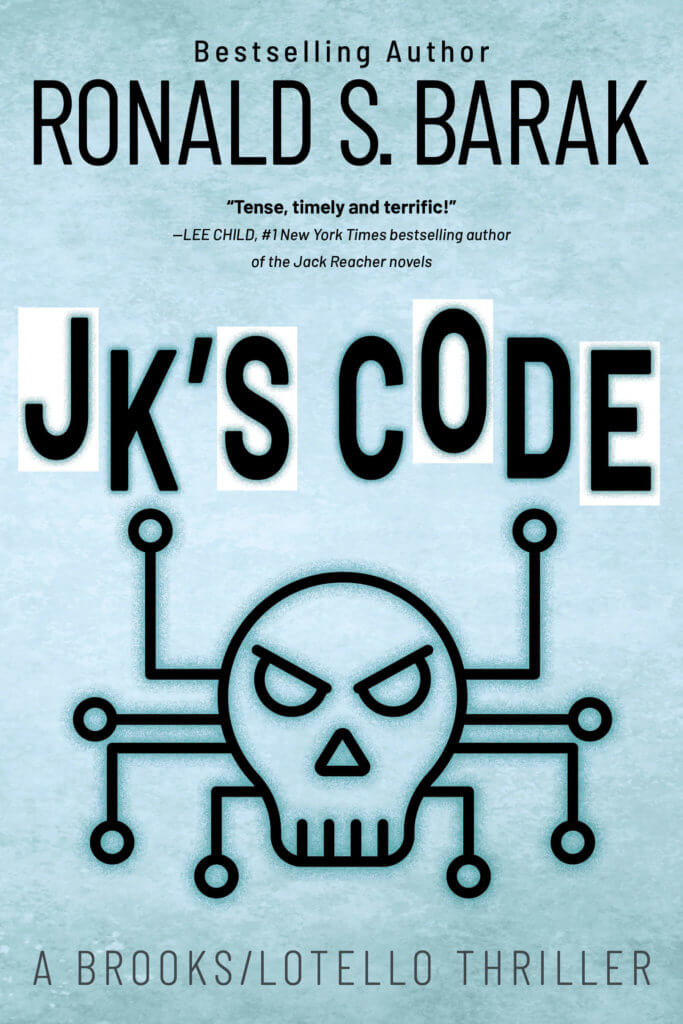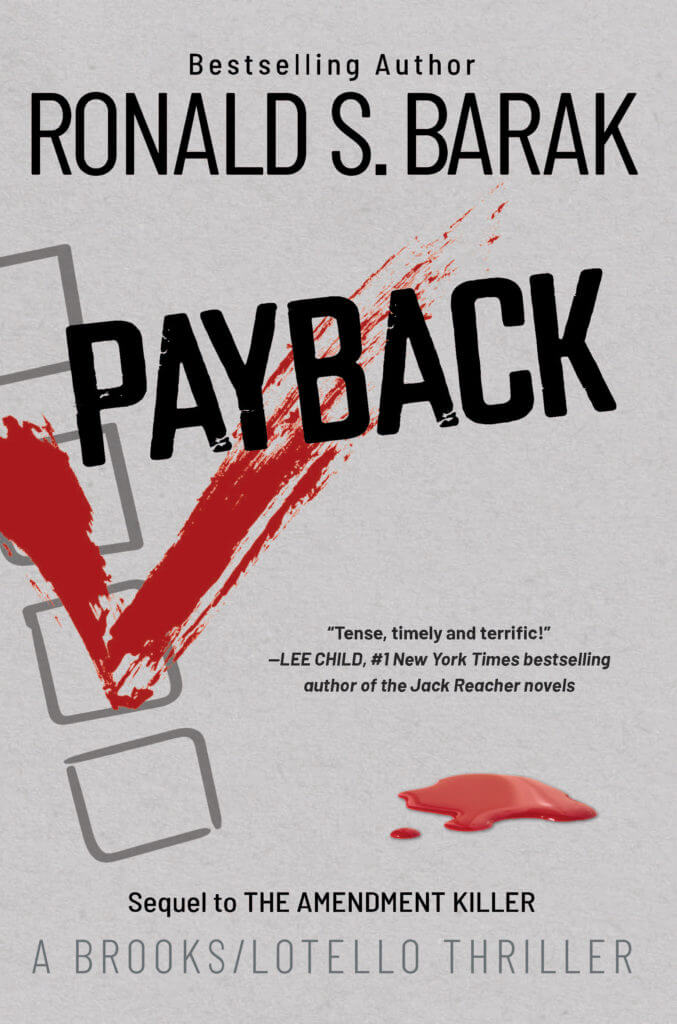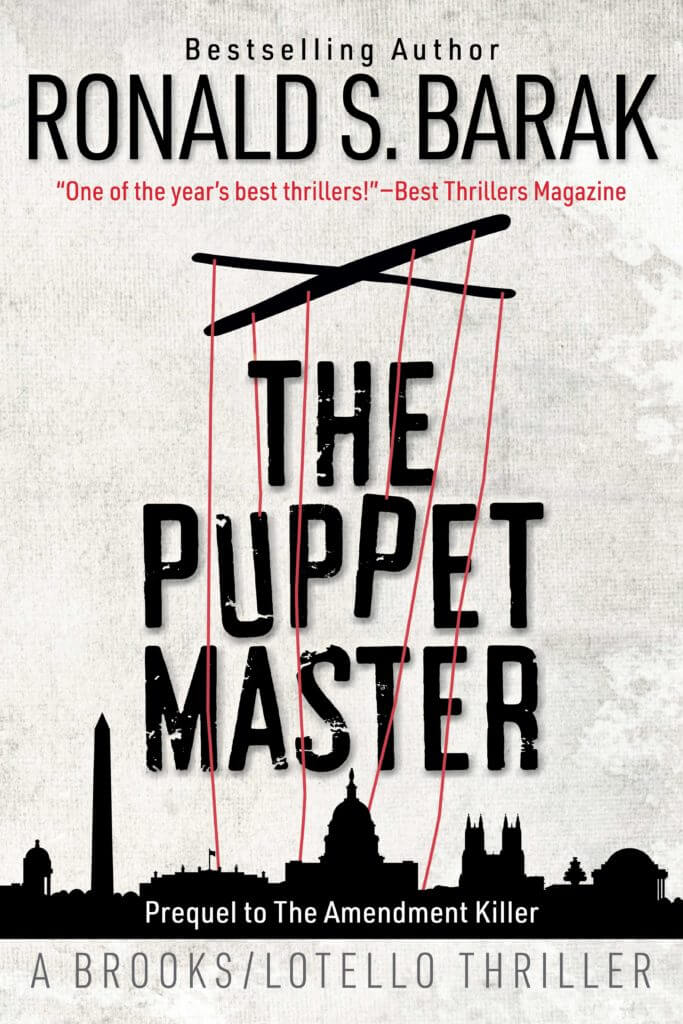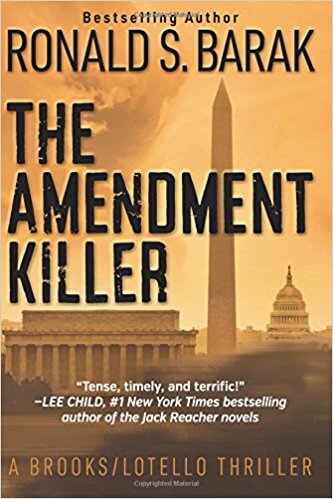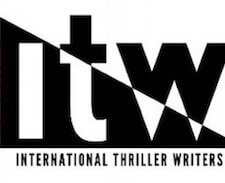 The Common Threads
The Common Threads
What do the police and Black Lives Matter (BLM) have in common?
A problem with guns? Well, yes. Too many people with access to guns who shouldn’t have such access. Or guns. And too many people who must of necessity be entitled to have guns, but who should learn how not to use them unnecessarily. But that’s not the real focus of this blog. I’ve already addressed that.
Underdog status? Yes. They are each disrespected, if not hated, and unappreciated by far too many. We need to remedy that.
Insufficient or no oversight? Yes. That too. We also need to correct that.
Underdog Status
I chose the word “underdog” advisedly. Too many blacks think too poorly and too universally so about cops, especially white cops. And too many cops, especially white cops, think too poorly and too universally so about BLM.
There are rotten apples in every barrel. But that doesn’t mean the barrel is rotten. We need to find a way to find a healthier common ground. The police and BLM leadership and infrastructures each have to recognize that they each have to do a better job—a much better job—accentuating the positive and peacefully identifying and getting rid of—or at least genuinely improving—the negative.
Lots more can be said about how to do this. But it really isn’t rocket science. If the good faith intention is there, the steps—even if only baby steps—will follow.
Oversight
The police generally already have oversight. But that oversight suffers from two problems: Lack of credibility and lack of trust. The result is that police oversight of police won’t work today. Period. Responsible black community representatives have to be added to police oversight. And they have to be listened to.
Conversely, BLM and other black community organizations lack oversight altogether. As with the police, they can’t oversight themselves either. Like the police, they need to genuinely accept into their oversight ranks responsible representatives of the white community, including white members of the police community. And they have to be listened to.
Two Final Thoughts
What’s good for the goose is good for the gander. Double standards have to go. We can no longer afford to protect and make excuses for the bad apples. Wherever they “reside.” Too many folks only see the other “side” as bad and seem to be “color” blind when it comes to their own. That approach is not honest and it’s not calculated to make progress.
It’s apparent that what should be unified community is anything but that today. What we have today is “them” and “us.” The Hatfields and the McCoys. That needs to change. But change won’t be accomplished overnight. No matter how much we wish it. What we need first is good, honest, independent, credible, homogenous oversight. People who want to find common ground and solutions, not to make unreasonable demands. With that will come overnight.
Good night. (Actually, it’s morning, but Good morning just didn’t work.)
Editor’s Note: After I finished writing the above blog Monday evening and scheduled it for Thursday morning posting, I received on Tuesday morning an excellent blog by Dennis Prager which, along with the data he sets forth, is “Exhibit A” to my blog above. No doubt, there will be those who deny the data Dennis provides, but what can’t be denied is the bias of the NY Times and the article it published by the so called professor of sociology. That professor, and the NY Times as well, ar part of the problem I address above, and are certainly not part of the solution, as they should be.
Join the discussion either by logging in just below or by signing into your favorite social media outlet. If you’re having trouble, please follow these instructions to guide you! Thanks!

